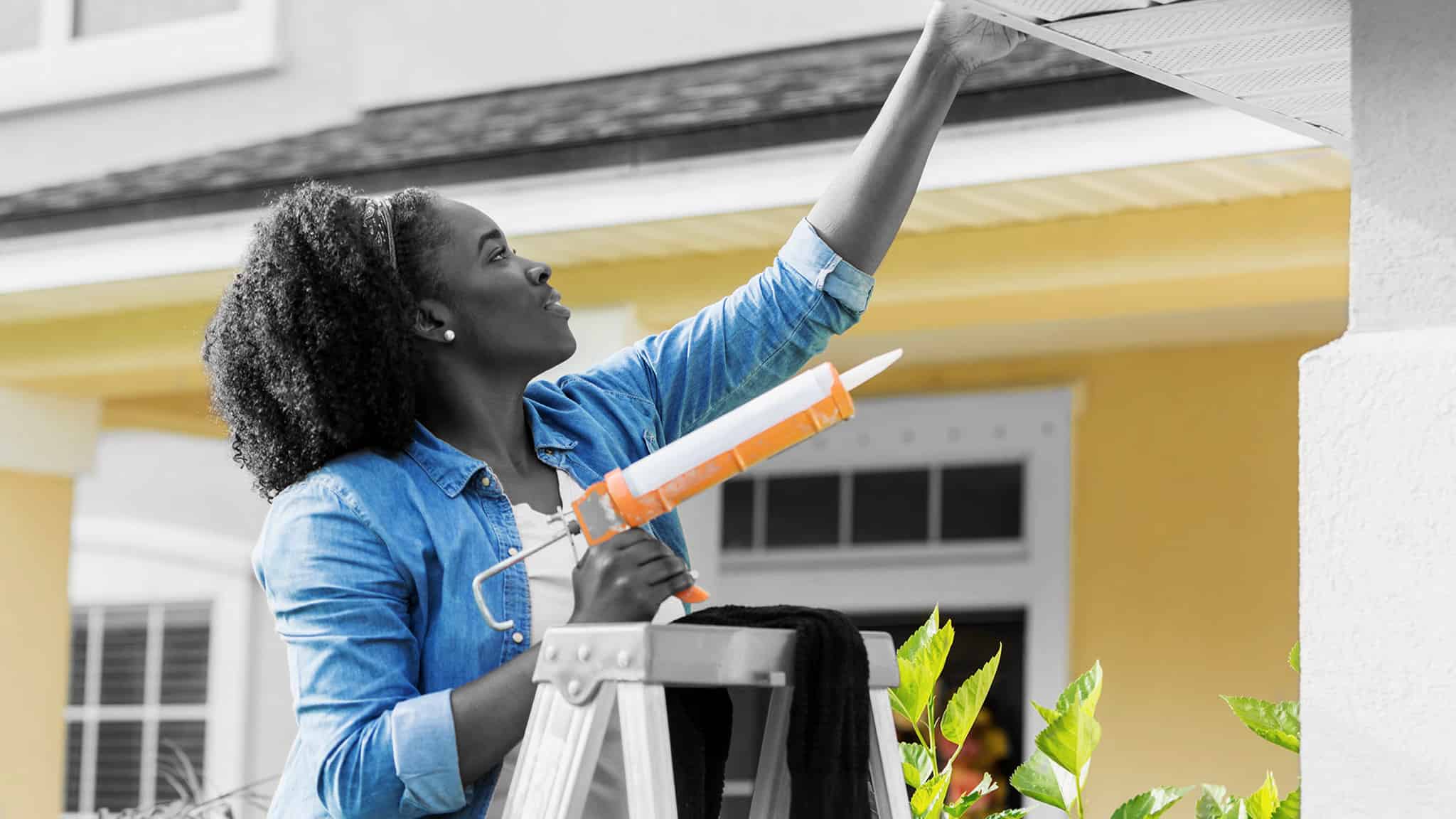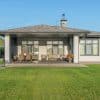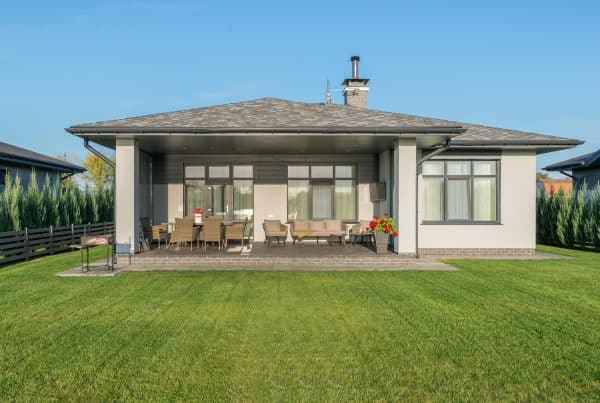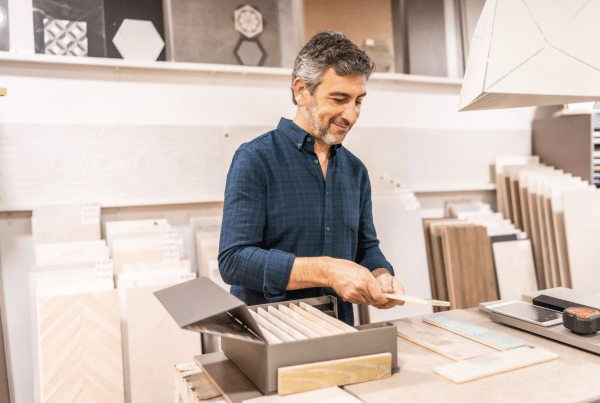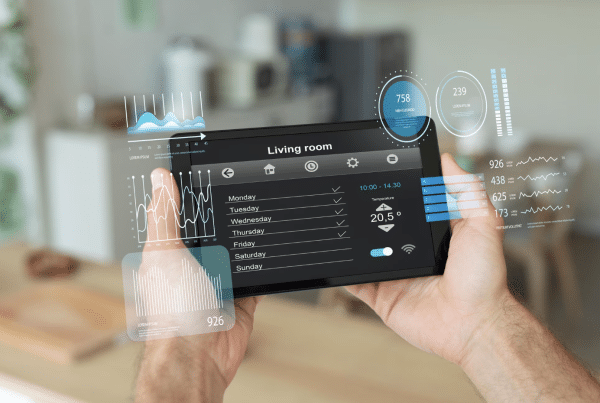When moving into an older home, new homeowners face unique challenges and opportunities. These houses often have character and a sense of history, but they also require careful attention to ensure they are safe, efficient, and ready to become comfortable living spaces.
Here’s a detailed guide to the essential maintenance tasks you should consider to protect your investment and make your vintage residence feel like home.
Assess and Upgrade Safety Features
One of the first steps in moving into an older home is to assess and possibly upgrade the safety features. This includes checking smoke detectors, carbon monoxide detectors, and fire extinguishers. Older homes might have outdated electrical systems, so it’s critical to have a professional electrician inspect the wiring, circuit breakers, and electrical panels to prevent potential fire hazards.
Inspect and Repair the Roof
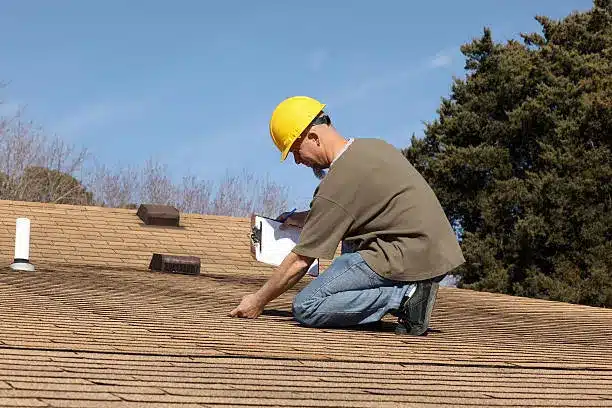
Addressing these problems promptly can prevent more severe issues like structural rot and interior water damage, which are costly and disruptive to repair. Engage a professional roofer for a thorough inspection and timely repairs to maintain the integrity of the roof, safeguarding the home against future weather-related damages.
Update Plumbing Systems
Plumbing in older homes often features materials that are no longer up to code and can be hazardous, such as lead or polybutylene pipes. Inspecting these systems for corrosion, leaks, or inadequate water flow is essential. Replace outdated components with modern, durable materials to prevent water quality issues and the potential for significant water damage from burst pipes.
It’s advisable to consult with a plumbing professional to assess the condition of the existing plumbing and recommend upgrades or replacements. This enhances the functionality and safety of the home’s plumbing system and aligns it with current health and safety standards, providing peace of mind and improving the home’s overall value.
Ensure Efficient Heating and Cooling Systems
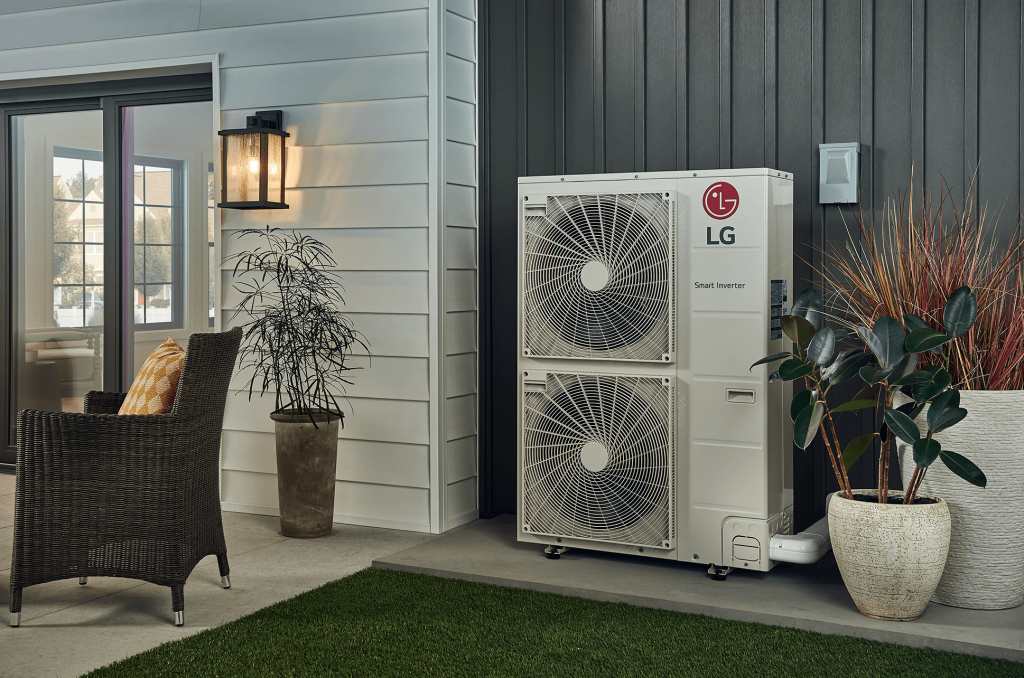
Depending on their findings, they might recommend maintaining, repairing, or replacing older units with more energy-efficient models. This update reduces energy consumption and enhances the comfort level within the home, ensuring a healthier living environment by improving air quality and maintaining consistent indoor temperatures.
Check for Environmental Hazards
Environmental hazards such as asbestos and lead paint are common in older homes and pose significant health risks when renovations disturb these materials. A professional inspection can identify these hazards, and if present, proper removal or remediation should be conducted by certified specialists. This is critical to ensure the safety of the living environment, as exposure to these materials can lead to serious health issues.
Regular monitoring and handling of potential environmental hazards can help maintain the home’s safety and compliance with health regulations, thus protecting the well-being of its occupants.
Update Insulation
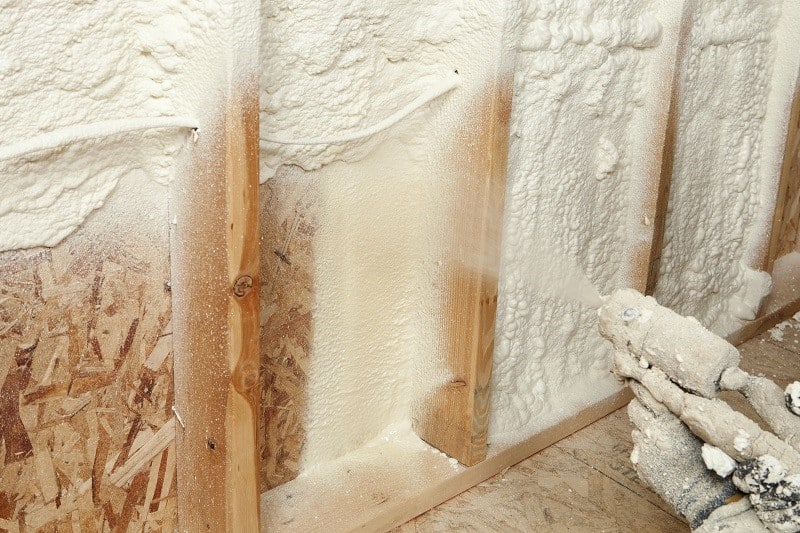
By upgrading to modern insulation materials, you can seal air leaks and improve thermal performance, which keeps indoor temperatures stable and reduces the strain on heating and cooling systems. This update makes the home more comfortable and substantially saves energy over time.
Refinish and Repair Flooring
The flooring in older homes often holds historical value, especially original hardwood floors. These floors may be scuffed, scratched, or hidden under old carpeting. Refinishing them can dramatically improve the home’s aesthetic appeal, revealing the wood’s natural beauty and character.
If the damage is extensive, repairing or selectively replacing damaged sections may be necessary to restore the floor’s integrity and appearance. This enhances the visual appeal of the home and increases its market value.
Maintain the Exterior and Landscaping
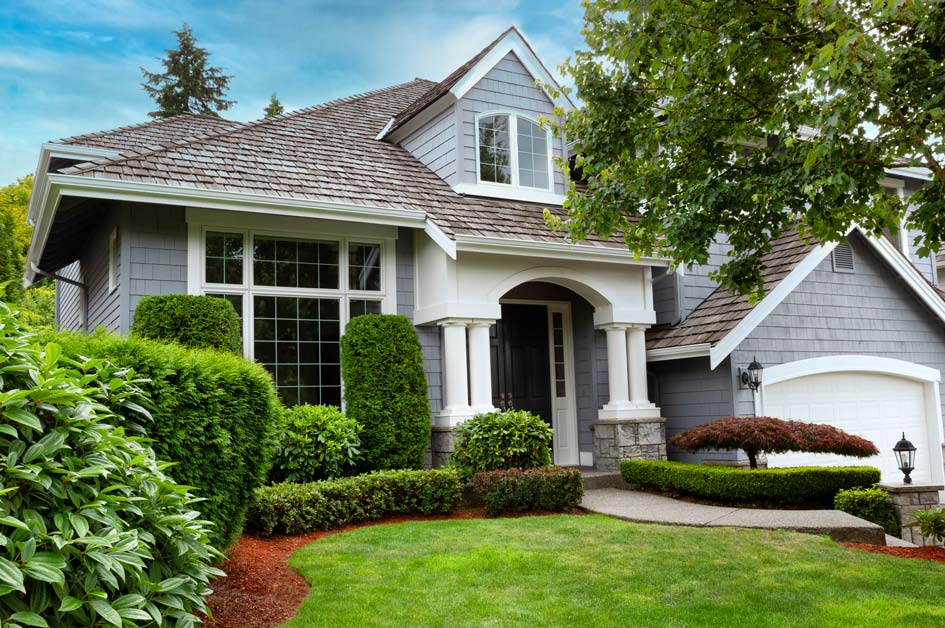
Landscaping is also crucial; trimming overgrown bushes, removing dead trees, and keeping the vegetation from affecting the foundation are all essential tasks. These efforts improve the home’s appearance and prevent potential damage from environmental elements and pests, enhancing the property’s longevity and livability.
Secure the Foundation and Basement
The foundation and basement of an older home are fundamental to its stability and safety. Issues like cracks, leaks, or uneven settling can lead to severe structural problems if not addressed promptly. A thorough inspection should identify any potential problems.
Early intervention, such as sealing cracks or installing drainage solutions, can prevent water damage and structural instability. This proactive approach ensures the home remains safe and sound, protecting its occupants’ investment and well-being.
Plan for Ongoing Maintenance
Lastly, create a maintenance schedule to check and care for your home regularly. This
includes seasonal tasks like cleaning gutters, checking the roof before winter, and ensuring your heating system is ready for colder months. Regular maintenance helps prevent minor issues from becoming major problems.
On the other hand, when preparing to move into an older home, consider hiring professionals who specialize in handling delicate tasks with care. A moving company in Philadelphia or similar locations with experience in older homes can ensure your belongings are transported safely and efficiently, minimizing one of the many stresses of moving.
Takeaway
Moving into an older home requires careful planning and attention to detail. By addressing these critical maintenance tasks, you can enjoy your home’s charm and character without unexpected complications, ensuring it remains a safe, comfortable, and beautiful place for years to come.

